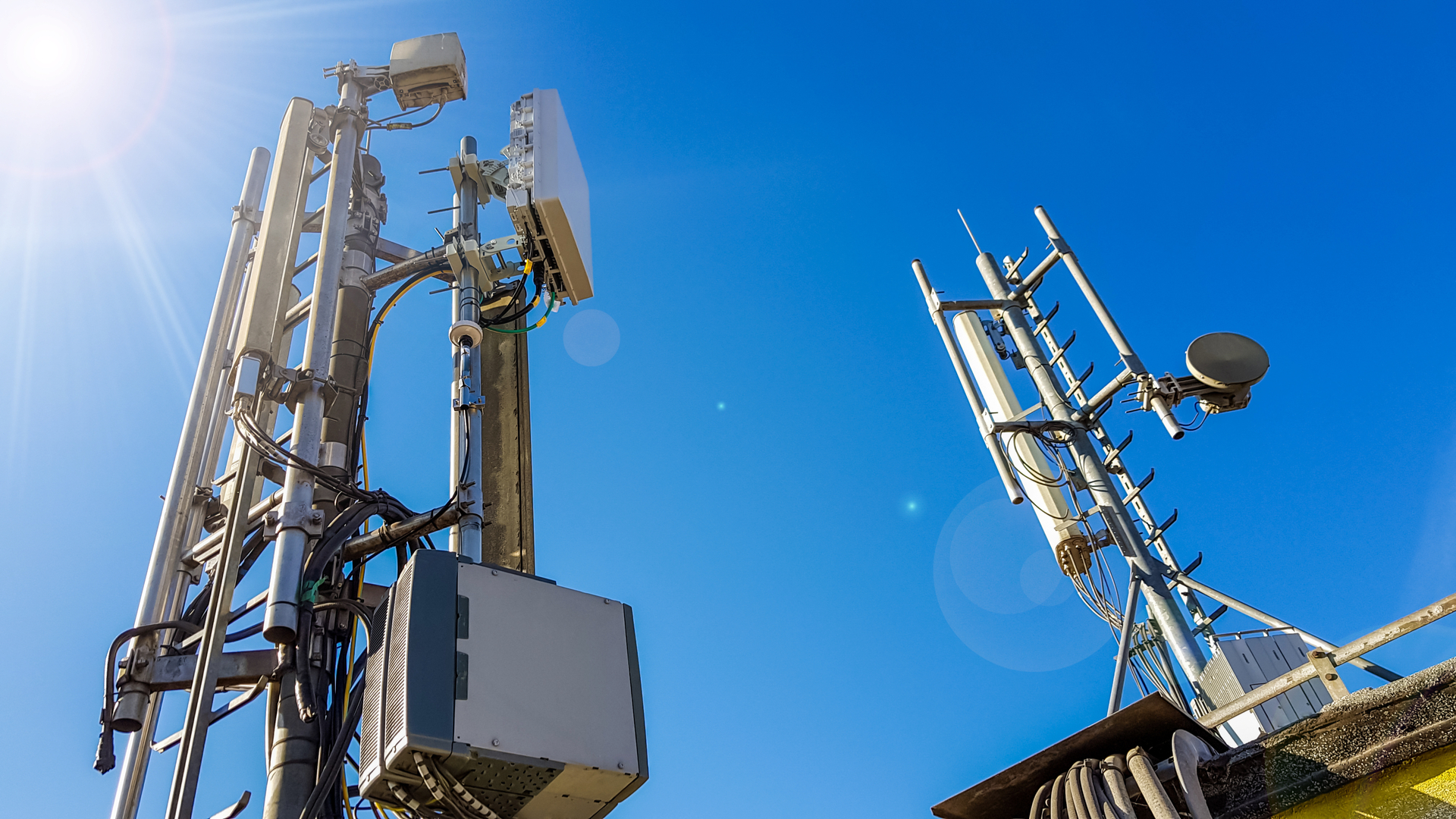Ericsson predicts 5G to reach one billion subscriptions in 2022
The report from the telco also found that global mobile network data traffic doubled in the past two years


Ericsson has estimated that 5G will top one billion subscriptions in 2022 and 4.4 billion in 2027.
North America is also forecasted to lead the world in 5G subscription penetration in the next five years with nine of every ten subscriptions expected to be 5G by 2027, according to the Ericsson Mobility Report released today.
In 2027, the telco’s report predicts that 5G will account for 82% of subscriptions in Western Europe, 80% in the Gulf Cooperation Council region, and 74% in North-East Asia.
In India, where 5G deployments have yet to begin, the technology is expected to account for nearly 40% of all subscriptions by 2027, topping 4.4 billion subscriptions.
The report also found that global mobile network data traffic doubled in the past two years. This was driven by increased smartphone and mobile broadband use and the digitalisation of society and industries. Several hundred million people are becoming new mobile broadband subscribers every year.
5G is scaling faster than all previous mobile technology generations too. Around a quarter of the world’s population currently has access to 5G coverage, with some 70 million 5G subscriptions added during the first quarter of 2022 alone. By 2027, about three-quarters of the world’s population will be able to access 5G, stated the report.
RELATED RESOURCE

Meeting the future of education with confidence
How the switch to digital learning has created an opportunity to meet the needs of every student, always
“The deployment of 5G standalone networks is increasing in many regions as communications service providers gear up for innovation to address business opportunities beyond enhanced mobile broadband,” said Peter Jonsson, executive editor of the Ericsson Mobility Report. “A solid digital network infrastructure underpins enterprises’ digital transformation plans, and their new capabilities can be turned into new customer services.”
Get the ITPro daily newsletter
Sign up today and you will receive a free copy of our Future Focus 2025 report - the leading guidance on AI, cybersecurity and other IT challenges as per 700+ senior executives
Broadband IoT (4G/5G) overtook 2G and 3G as the technology that connects the largest share of all cellular IoT-connected devices, accounting for 44% of all connections, the report found. Massive IoT technologies, like Narrow-Band IoT (NB-IoT) or LTE Cat-M, increased by almost 80% during 2021, reaching close to 330 million connections. The number of IoT devices connected by these technologies is predicted to overtake 2G and 3G in 2023.
This comes after Ericsson and BT reached a multi-million-pound agreement at the end of May to offer commercial 5G private networks in the UK. The multi-year contract will unify BT’s expertise in building converged fixed and mobile networks with Ericsson’s 5G network and enterprise solutions.
Zach Marzouk is a former ITPro, CloudPro, and ChannelPro staff writer, covering topics like security, privacy, worker rights, and startups, primarily in the Asia Pacific and the US regions. Zach joined ITPro in 2017 where he was introduced to the world of B2B technology as a junior staff writer, before he returned to Argentina in 2018, working in communications and as a copywriter. In 2021, he made his way back to ITPro as a staff writer during the pandemic, before joining the world of freelance in 2022.
-
 Bigger salaries, more burnout: Is the CISO role in crisis?
Bigger salaries, more burnout: Is the CISO role in crisis?In-depth CISOs are more stressed than ever before – but why is this and what can be done?
By Kate O'Flaherty Published
-
 Cheap cyber crime kits can be bought on the dark web for less than $25
Cheap cyber crime kits can be bought on the dark web for less than $25News Research from NordVPN shows phishing kits are now widely available on the dark web and via messaging apps like Telegram, and are often selling for less than $25.
By Emma Woollacott Published